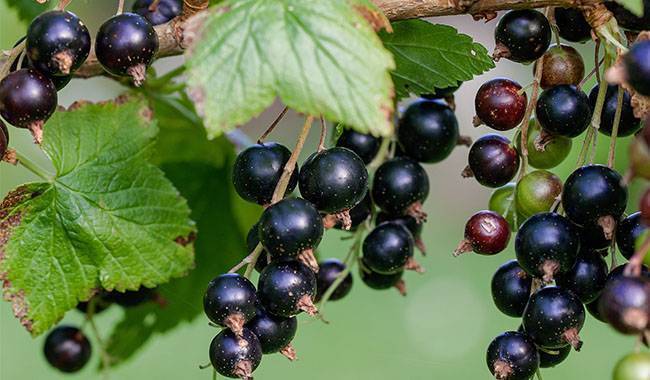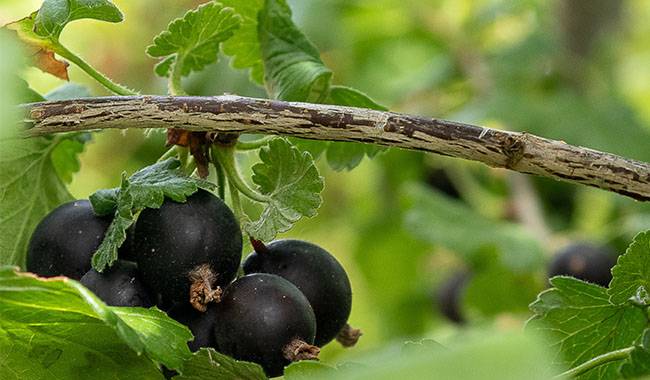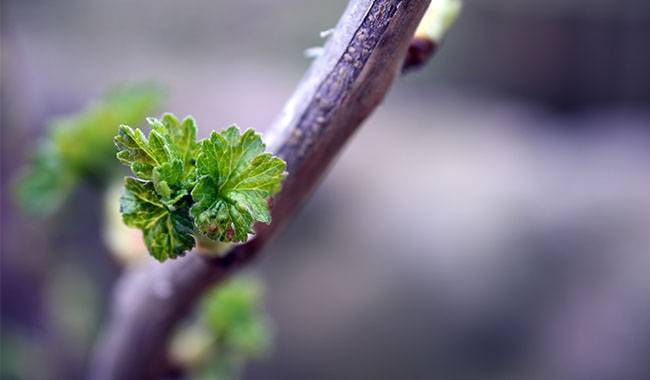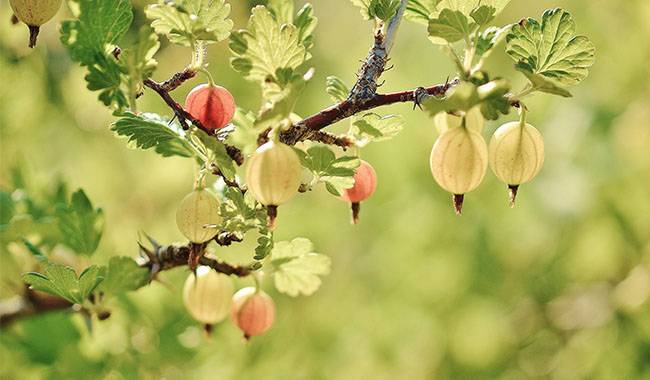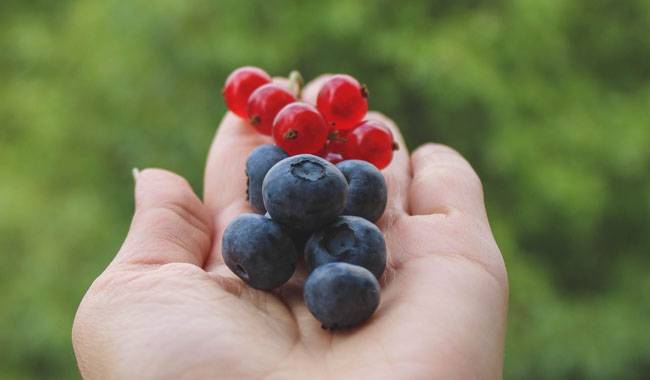
Currants are not very popular berries, unlike raspberries or black currants, but this berry bush grows in many summer farmhouses.
It is a very healthy berry that contains a whole reservoir of vitamins. The unripe currant is very sour and will make your mouth bitter, but no one can eat this berry.
To start picking the berries, we have to wait until August.
Currants can be eaten fresh or prepared as a spiced jam or delicious preserves during the long winter months.
When ripe, this berry does not leave anyone cold.
In this article, we would like to talk about 20 of the strangest facts about currants.
- Currants provide nectar to bees earlier than other berries, making this shrub valuable to bees. Despite the early flowering, the berries are full of sugar only at the end of the summer.
- The Portuguese prefer drinks to which mineral water or milk with fruit juice and currant berries are added.
- Biologists do not know where the currants come from. There are two versions: North Africa and West Asia. The shrub can be found in the wild in the African continent, North America and Eurasia.
- Traditional medicine uses currant fruit as a gallbladder and diuretic, and as a good laxative.
- Currant fruit is used in candy-making factories, as well as in winemakers’ wine production.
- In France, where unroasted currants are added for better taste. But the French eat ripe currant fruit purely by seed.
- In ancient Russian times, currants were already grown in monasteries, and in history books, it is mentioned that such currants were popular among Slavs. Thus, currants appeared on the territory of Eurasia a thousand years ago: first in Russia, then from there, they were transferred to the gardens of Europeans.
- At the beginning of the twentieth century, powdery mildew in the United States destroyed most of the currants plantings. This plant disease led to the fact that despite the breeding of new varieties of currants, the fame of the garden was gone.
- Although small, currants of a wide variety of garden shrubs can bear up to 3-4cm (1.18-1.57inch) of fruit, but often twice that.
- Currants do not grow more than 1-1.2m (3.28-3.93foot) in height.
- Chinese currants have been domesticated into kiwis, so exotic flavored fruits and currants are berries.
- In 1536, a book was published that first described this berry shrub.
- Now science knows that there are about 1500 species of this currant shrub.
- If you delve into the myths and legends of different peoples, then there is practically no mention of currants. This is due to the fact that ancient nations were completely ignorant of this berry, even though in Europe the bushes have been growing in forests and on mountain slopes since ancient times.
- The ancestor of most garden kiwis was the wild currant.
- The dictionary has the word “gooseberry” in English, which translates as “gooseberry”. But the English know nothing about the relationship between the goose and the currants.
- From the botanical point of view, black currant and currant are close relatives, because biologists attribute currants to the genus Currant.
- The large amount of pectin contained in currants berries helps to purify the body, removing heavy metal salts, toxic substances, and accumulated toxins from the body.
- Currants are very low in calories, with only 44 calories in a hundred grams of berries.
- The leaves and fruits of currants contain many tannins (tannins generally refer to ellagic acid. Ellagic acid is an organic substance with the chemical formula C76H52O46, which is a tannin obtained from Leptospermum. It is a yellow or light brown light amorphous powder or scale).




